This article marks the 500th website news “blog” since it went live nearly six years ago. That milestone is marked by an article on questions from the in RDD2022 video about how withdrawal of eculizumab treatment can be done safely. aHUS alliance Global action advocates for as much treatment as is needed, when first needed, and for as long as is needed.
In recent years it has been increasingly accepted that withdrawal from eculizumab treatment is possible for some aHUS patients when it is no longer needed. It is a precious resource and it should not be wasted.
It is important though that withdrawal is done in a safe way with defined protocol to be followed. Not in a “suck it and see”way!
Done with patients’ safety at the centre of how it is done. Based on evidence . With careful monitoring initially which can be tapered over time. And a predetermined return pathway to care in place.

Monitoring remission immediately after withdrawal may involve regular blood tests at short intervals. Or it can be done daily by patients, or their carers themselves. It can be done by testing a patient ‘s urine for signs of blood. This may indicate that a thrombotic microangiopathy is affecting the kidneys, and may be evidence of an aHUS relapse, April
Testing every 24 hours would spot a relapse quickly. A TMA can develop that quickly. Without monitoring it would not be noticeable at that point People would look and feel normal April.TMA symptoms may not appear for a few more days, Nikolay. It would take a few more days before something serious manifests.

Also at that stage in its development it can be treated by re-administering eculizumab immediately, or after a second urine dip proves positive. An immediate care pathway to the treatment centre is essential for patient safety.
Reintroduced that way the patient’s kidneys will show no lasting change in function and performance.
As yet there is no recommended protocol to follow on self monitoring. In studies on eculizumab withdrawal, in initial weeks and early months it is usual for it to be done daily. As patient anxiety reduces and confidence builds it becomes every other day, then twice a week and so on during the first 12 months of remission. In time it could be a matter of random checks even if a patient is well.
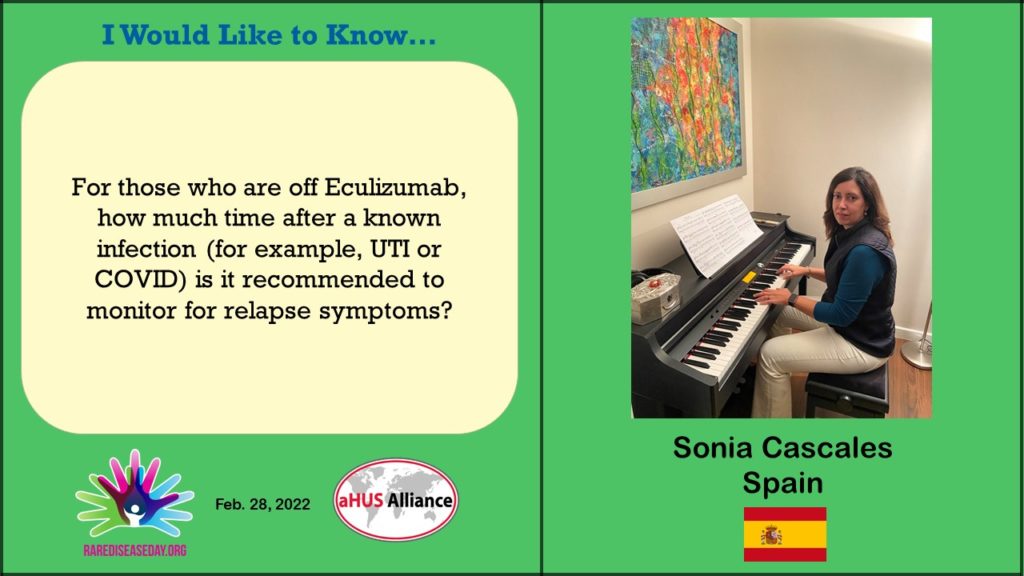
Patient self monitoring is particularly important at times of an infectious illness, which might be a triggering event for aHUS. So a return to daily monitoring would be recommended for a few weeks until the potential triggering condition disappears, Sonia. Each infection will disappear at differing rates so doctors can advise.
Withdrawal from any treatment is a decision that needs data for it to be made. In aHUS, such decisions can be complex and patients are understandably anxious. Self monitoring can give more assurance. An agreed pathway back to care helps too.
It would help further if a recommended best practice protocol for both could be established for all aHUS patients coming off treatment wherever it happens.
Most importantly the patient needs to be included in the withdrawal decision and must be given evidence of a likely outcome. That their genetic variant is known to be low risk ( there is never no risk) , they have no ongoing TMA, or have continuous triggering condition. They can self monitor at daily intervals and they have an agreed return to care pathway if evidence of an onset manifests ,including contingency for immediate supply of the drug.
This reassures those who will not need to return to treatment as much as those who do.
Article No. 500
Other articles about treatment withdrawal
Withdrawal – need for a consensus
Article No. 457 Yet another article about the outcome of withdrawal of eculizumab treatment has appeared. It is not about a controlled trial of patients selected to test withdrawal of…CONTINUE READINGWithdrawal – need for a consensus
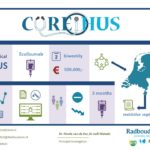
Eculizumab withdrawal- safe and reasonable?
Article No. 405 20 December 2020 In the past month there has been a spate of articles on the topic of withdrawal of eculizumab treatment from aHUS patients. Much has…CONTINUE READINGEculizumab withdrawal- safe and reasonable?
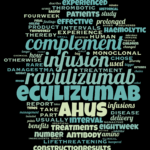
Withdrawal evidence patients need to know
Article No. 400 5 December 2020 Whilst on the topic of safe withdrawal from eculizumab treatment ( see previous articles 398 and 399), further evidence was published just a month…CONTINUE READINGWithdrawal evidence patients need to know
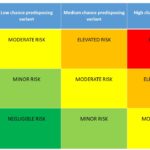
Eculizumab withdrawal risk profiling
Article No. 398 4 December 2020 In its previous article “Dip into ASH 2020” Global Action highlighted research results relating to “aHUS” and “TMA” which are to be presented at…CONTINUE READINGEculizumab withdrawal risk profiling
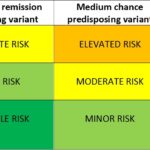
RISK OF WITHDRAWAL OF ECULIZUMAB
In the current aHUS related trials list reported on recently, there were two which were looking at the safe withdrawal of eculizumab. In addition to these two trials, it is…CONTINUE READING

